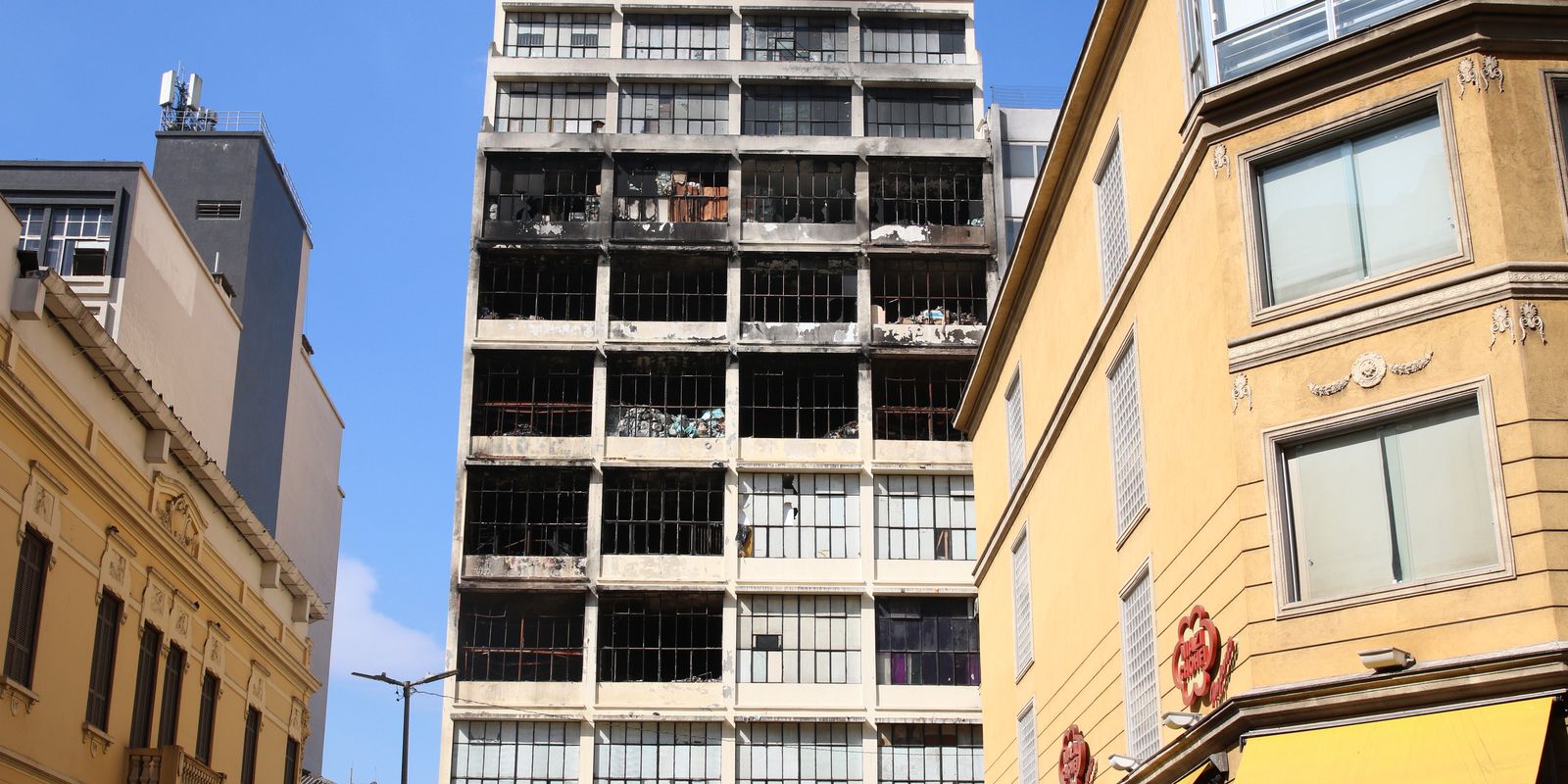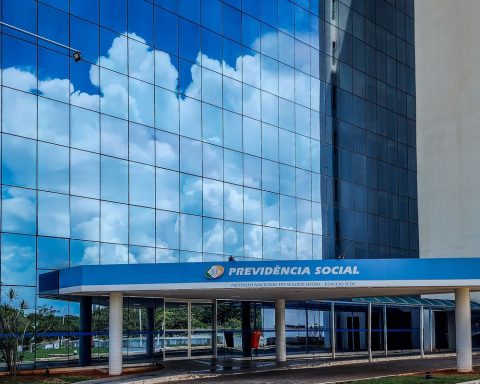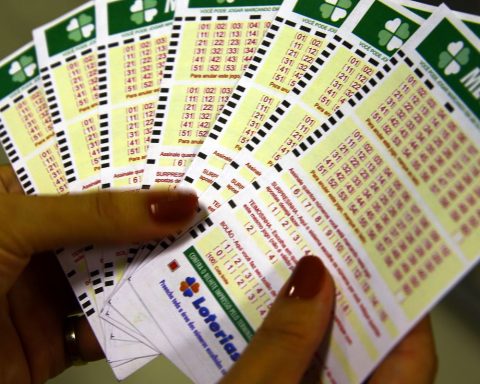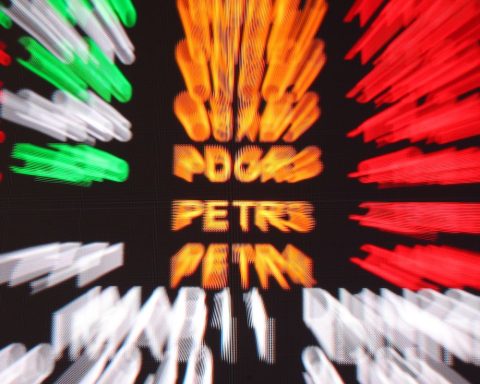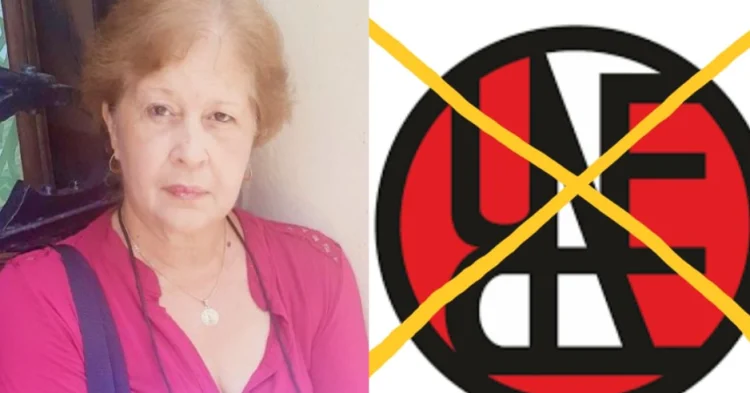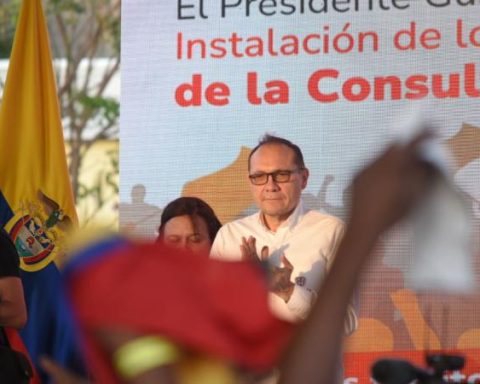A study indicates that allocating vacant properties in the city of São Paulo to low-income people would mean a reduction of 4.4 million tons of greenhouse gas emissions in 20 years, equivalent to 56% of Uruguay’s annual emissions or five times the amount of emissions from the city of Santo André, a municipality in the metropolitan region with 750,000 inhabitants. 

The calculation is from the Pólis Institute, which considered the number of trips, on public transport and others, that would be saved by allocating empty homes and vacant land in the center of São Paulo.
The study cross-referenced data from the 2022 IBGE Housing Census, which identified 87,000 unoccupied homes, with information from the Urban Property and Land Tax and the GeoSampa platform. The region has the potential for 200,000 homes, including vacant properties and housing construction on 2.5 million square meters of vacant land.
“What would happen if this became a reality? They would no longer spend more than two hours commuting between home and work every day. This would not only mean saving time in their lives, which over the course of several years we estimated would mean three years, but they would save this time to be able to educate themselves or to rest, to be able to spend time with their family,” explained the coordinator of the research, urban planner and director of the Polis Institute, Rodrigo Iacovini, to Brazil Agency.
“In addition, you would no longer be in your car or on your motorcycle or on the bus, which still runs on diesel, wasting fuel and thus emitting greenhouse gases, which are the main cause of the climate crisis we are experiencing today,” he added.
According to the study, each property that is no longer occupied in the city center is equivalent to the emission of a car over six months.
In addition to reducing greenhouse gas emissions, the social purpose of these homes, according to Iacovini, brings well-being and dignity to low-income families, as provided for in Brazilian legislation. “If we comply with federal legislation, we can improve the living conditions of these families, give them more time to live, for leisure, for family life, for education, mitigate the effects of the climate crisis and provide them with safe living conditions,” he said.
“If they leave these risk areas, this means future savings in the face of disasters that will now happen more and more frequently in the face of the climate crisis,” he highlighted.
The institute does not quantify the amount needed for this allocation, but Iacovini believes that there are possible sources of financing, such as reducing investment in new housing in cities in favor of building or renovating units in the city center. This logic would also apply to smaller cities. Other sources that the researcher highlights are the taxation of large fortunes, the reduction of subsidies for areas with a major environmental impact, such as the fossil fuel industry, and pressure for support from countries in the global north, which have developed with a major climate impact.
For this type of investment, he emphasizes that there needs to be pressure from the population, especially in consultative spaces, such as public and environmental policy councils, which are in a constant process of renewal.
The city of São Paulo informed Agência Brasil that, in June, it announced the expropriation of the first five properties in the city center for conversion into housing. They will be transferred to COHAB-SP for social housing. Since 2021, the city has licensed more than 48,000 affordable housing units in the city center, 39,000 of which are for families with a monthly income of up to six minimum wages.
According to the city government, there is a program that provides tax and urban incentives for the renovation of old buildings in downtown São Paulo, with economic subsidies for retrofit works, with contributions of up to 25% of the renovation value, with 60% of the total value allocated to social housing.
“The existence of empty or idle properties does not mean that the property is available for residential occupation. Making it possible to reinsert underutilized properties into the market is not a short-term action and, in many cases, involves legal impasses, inventories, problems with ownership and land regularization,” says the city government.
The state government reported that there are robust investments to improve conditions in the city center. Among these initiatives is a project to build 6,135 homes, including 5,046 new homes and 1,089 units that will undergo retrofitting. The total investment planned is R$2.4 billion, with approximately R$600 million contributed by the state. There was also the release of more than R$23 million in subsidies for the acquisition of homes by 1,470 families in 11 developments in the city center, in addition to 400 social interest apartments in the Luz region.
The report sought the Ministry of Cities, which has not yet responded.
